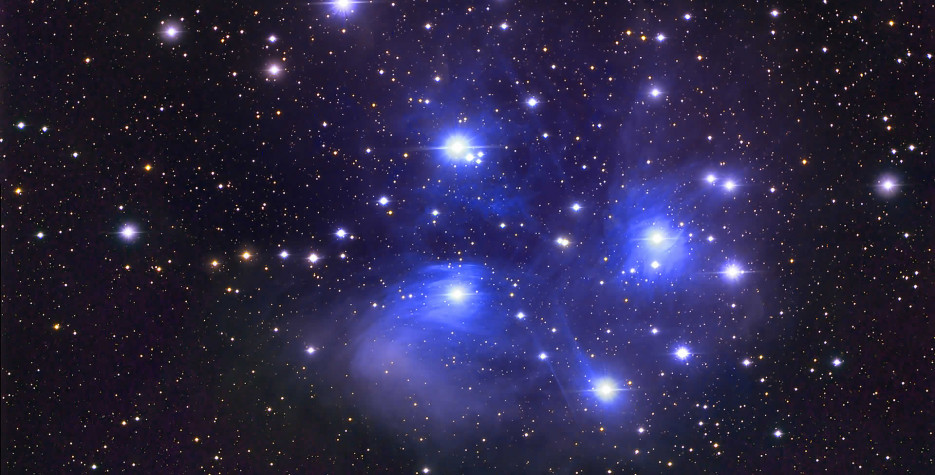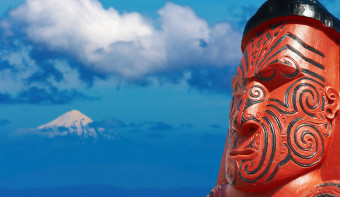About Matariki
Matariki is the Māori name for the Pleiades star cluster. It rises during Pipiri (June/July) and marks the beginning of the Māori new year. The word is an abbreviation of Ngā Mata o te Ariki (Eyes of God) in reference to Tāwhirimātea, god of the wind and weather. In the story of creation, Tāne Mahuta (god of the forest) separated his parents Ranginui and Papatūānuku, and his brother Tāwhirimātea got upset and tore out his eyes, crushed them into pieces and thew them into the sky.
Traditionally, Maori iwi, or communities, would gather together at night during a time of the constellation's prominence, making use of the period between harvests to celebrate and make offerings for a bountiful future.
When Matariki disappeared in April/May, it was time to preserve crops for the winter season. When it re-appeared in June/July its appearance was said to predict the success of the season ahead; clear bright stars are a good omen and hazy stars predict a cold, harsh winter. The brightness of each individual star predicts the fortunes of a specific thing that star represents, such as the wind or food that grows in trees.
Similar Observances
Valentines Day 💝
Read More
Armenian Appreciation Day
Read More
Other Observances on July 10th 2026
Collector Car Appreciation Day
Read More
National Clerihew Day
Read More











